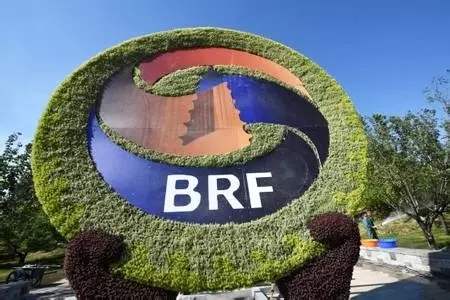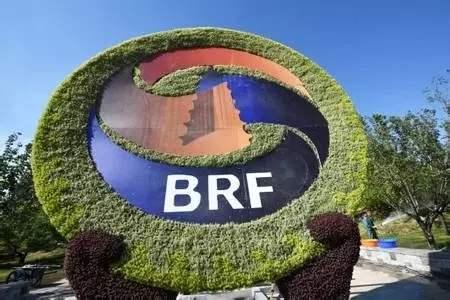
About the Belt and Road Initiative (BRI)
The Belt and Road Initiative -- China's proposal to build a Silk Road Economic Belt and a 21st Century Maritime Silk Road in cooperation with related countries -- was unveiled in September and October 2013.
The initiative focuses on promoting policy coordination, connectivity of infrastructure and facilities, unimpeded trade, financial integration, and closer people-to-people ties through extensive consultation, joint contribution and shared benefits, with the goal of bringing benefits to all.
-- Belt and Road Initiative progress
The Belt and Road (B&R) Initiative, proposed by China in 2013, has grown into one of the most promising platforms for international cooperation, forging a new pathway toward inclusive globalization that delivers shared benefits.
The initiative aims to build a trade and infrastructure network connecting Asia with Europe and Africa along the ancient Silk Road trade routes to seek common development and prosperity.
The following are some facts and figures that show its achievements and tangible benefits to all participating countries and regions:
-- A total of 126 countries, including developed and developing nations, and 29 international organizations have signed cooperation documents with China on the initiative.
-- The second Belt and Road Forum for International Cooperation is being held in Beijing from April 25 to 27, and leaders including heads of state and government from nearly 40 countries will attend the forum's roundtable meeting.
-- From 2013 to 2018, the trade volume between China and other B&R countries surpassed 6 trillion U.S. dollars, accounting for 27.4 percent of China's total trade in goods, and the growth rate is faster than that of the country's overall foreign trade.
-- From 2013 to 2018, China's direct investment in B&R countries surpassed 90 billion dollars, realizing a turnover of 400 billion dollars in foreign contracted projects in these countries.
-- Eleven Chinese-funded banks have set up 76 first-grade institutions in 28 B&R countries, and 50 banks from 22 B&R countries have opened seven corporate banks, 19 branches, and 34 representative offices in China.
-- As of the end of 2018, the membership of the Asian Infrastructure Investment Bank had grown from the 57 founding members to 93 across five continents. It had approved loans of 7.5 billion dollars and leveraged other investments totaling almost 40 billion dollars. Its 35 approved projects are distributed over 13 countries including Indonesia, Pakistan, Tajikistan, Azerbaijan, Oman, Turkey and Egypt.
-- New trade models such as cross-border e-commerce are becoming an important driver of trade. In 2018, the total value of retail goods imported and exported through the cross-border e-commerce platform of China Customs reached 20.3 billion dollars, growing by 50 percent year on year.
-- By the end of 2018, China-Europe rail service had connected 108 cities in 16 countries in Asia and Europe. A total of 13,000 trains had carried more than 1.1 million TEUs (twenty-foot equivalent unit).
-- The New International Land-Sea Trade Corridor is a trade and logistics passage under the framework of the China-Singapore (Chongqing) Demonstration Initiative on Strategic Connectivity. So far, freight trains have made more than 900 trips along this new land-sea corridor, with goods worth 440 million dollars shipped to 173 ports in 73 countries and regions, according to the Chongqing administrative authorities of the initiative.
-- China has signed agreements with 24 B&R countries on the mutual recognition of higher education degrees.
-- China has signed mutual visa exemption agreements for different types of passports with 57 B&R countries and concluded 19 agreements or arrangements to streamline visa application procedures with 15 countries.
-- China has signed 46 agreements on cooperation in science and technology with other B&R countries and launched China-ASEAN and China-South Asia science and technology partnership programs.




 A single purchase
A single purchase









